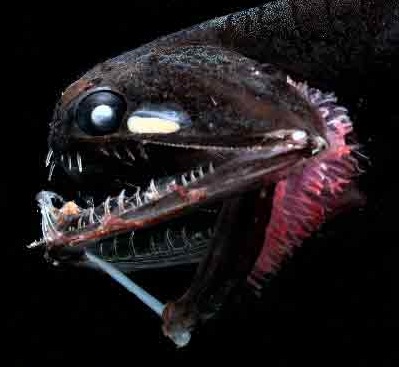Science News
Climate in the Deep-Sea
March 1, 2012

When talking about the changing climate, we often hear about organisms moving—moving north, moving to higher altitudes. At the recent AAAS meeting in Vancouver, scientists who study ocean organisms talked about animals that live at great depths, and where and how they will move as the globe warms.
The bottom of the ocean holds surprisingly diverse habitats. While we have seen less than 5% of the deep sea floor, evidence suggests that nearly 80% of life on this planet lives far beneath the ocean under high pressure, according to Sven Thatje, of the University of Southampton. In fact, “life under high pressure is common, not an exception.”
Thatje has been experimenting in the lab with deep-sea creatures such as crabs to understand how they manage to adapt to different conditions such as deeper waters and higher temperatures. His experiments find that some of these organisms will find even deeper waters to avoid warming waters and ocean acidification.
Lisa Levin of Scripps Institution of Oceanography also studies life in the depths of the oceans and tries to understand how global warming will affect this biome. She looks at habitats at the continental margins—the transition between thick continental crust and thin ocean crust—at a depth of about 200-4,000 meters. These areas are not very diverse, but she finds, in contrast to Thatje, that life here, fish specifically, may move up in the water column, to access higher oxygen rates.
One of the biggest problems in studying these organisms is that many do not survive when they are brought up from the pressurized bottom of the ocean. Bruce Shillito of the Université Pierre et Marie Curie in France is working on an “abyss” box to solve this problem. The box, a type of aquarium, will maintain the pressure necessary to sustain these animals. The trick will be the actual weight of the box—a small aquarium, measuring 6x12 inches and holds just over 4 gallons of water, will weigh 1300 pounds!
Want more information on the “abyss” box and the deep-sea research? The special aquarium will be on view at the Océanopolis aquarium in Brest, France, beginning April 6. Levin’s research on continental margin biodiversity can be reviewed here and deep-sea mining here. And Thatje's deep-sea crab research is here.
So get moving!
Image: Edith Widder/HBOI/Wikipedia